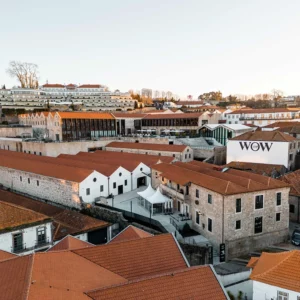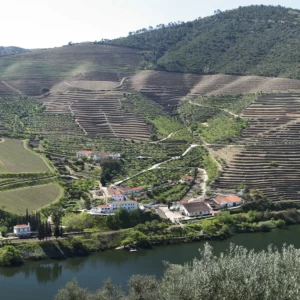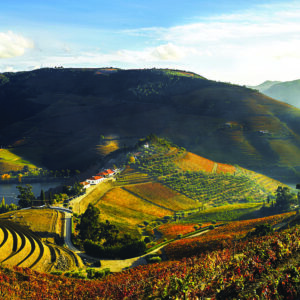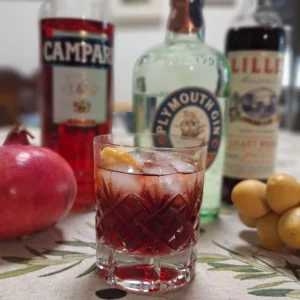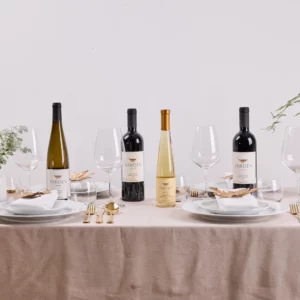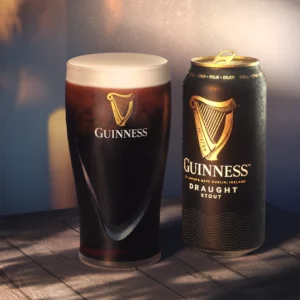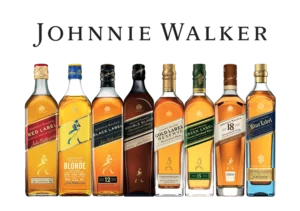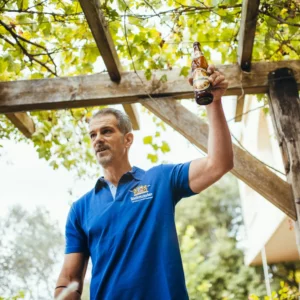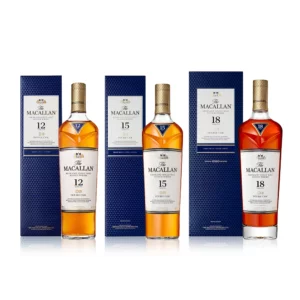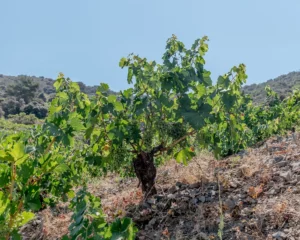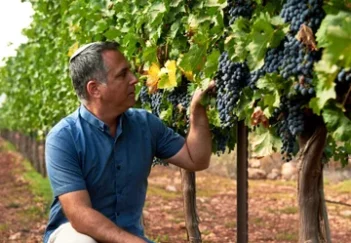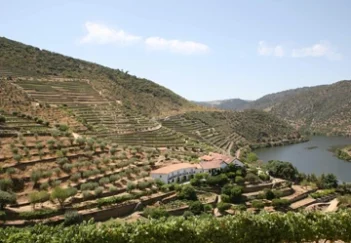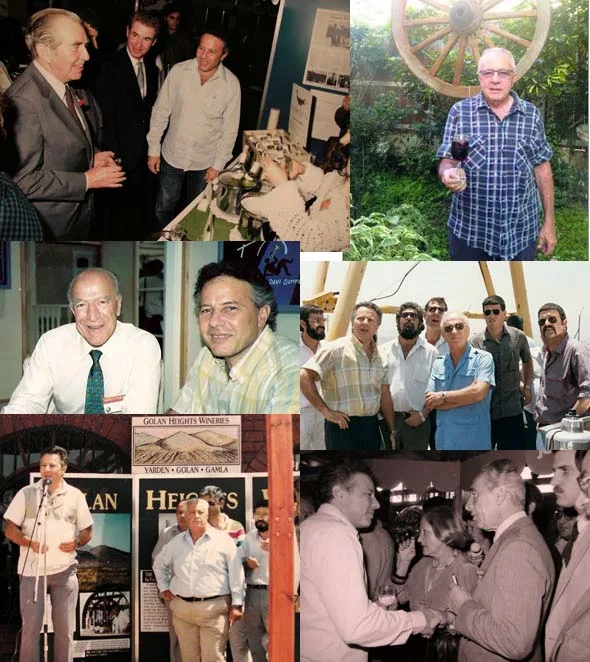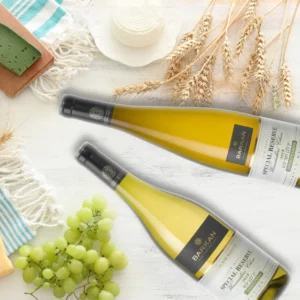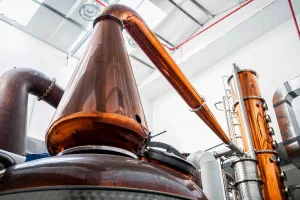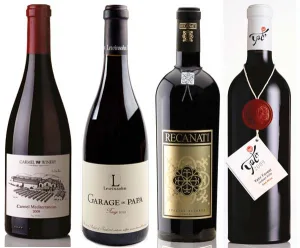I was standing proudly on the Israeli stand at the Prowein wine exhibition in Germany, when I heard someone say: “Well, I suppose we are all here because of you!” I wheeled around, and saw the remarks were directed at Shimshon Welner.
Welner was the first managing director of the Golan Heights Winery, who founded the winery in 1983. Somehow from a background in growing apples on the Golan Heights, he was able to cajole a number of growers to get together to create a winery. He was smart enough to import expertise and aim for the maximum quality with no compromise. How did he do it Because he was smart, intelligent, feisty, canny, eager to learn and totally focused on the objective. He took on the wine establishment and conventional way of doing things and came out on top due to bloody minded perseverance.
Partly because Israelis have very short memories, Welner’s contribution to Israeli wine has largely been forgotten, and yet, credit where it was due, it really was the beginning of the revolution in Israeli winemaking. Arguably Welner was at the time the most influential figure since Baron Edmond de Rothschild, who founded the Israel wine industry a hundred years previously.
Think where we were then. The big sellers were Grenache Rose, Hock and Adom Atik. Carmel was the dominant winery. Stock and Eliaz were the next biggest. The best Israeli wines were the Carmel Special Reserves of 1976 and 1979, the first Israeli wines aged in small oak barrels. The big guy receives a lot of knocks, and Carmel was frequently the target of criticism, but they do deserve credit for establishing the infrastructure of Israeli wine and for keeping the industry going for a 100 difficult years of austerity and strife.
However at the time, the wine and food industries were driven by the need for production and distribution, rather than branding and marketing. There was no perception of quality. A farmer grew grapes and sent them once a year to the winery. Israeli wine was made at the winery. A winemaker rarely visited a vineyard. Wines generally lacked varietal character and white wines were often yellowing and oxidized on the shelves.
So what did Shimshon Welner do that was special?
Firstly he imported expertise. Peter Stern from California was employed as wine consultant and he chaperoned a series of UC Davis trained winemakers who worked on the Golan. That’s how it was until 1992 when Victor Schoenfeld became the first permanent chief winemaker. For the first 15 years at least, Stern’s contribution was influential and crucial. No-one can take away what he did for Israeli wine.
In the vineyard, the changes were most apparent. The importance of the vineyard was given its rightful place for the first time. With vineyards up to 1,200 meters above sea level and the volcanic tuff and basalt stone, people started talking about the importance of terroir for the first time. Welner understood you could not make good wine from bad grapes. The new idea was that you grew wine and not grapes.
This was the first time altitude was understood to be important. It was realized we are North Africa in terms of latitude, and it was important to climb to produce a longer, cooler and more balanced growing season. Today whether it is the Golan Heights, Upper Galilee, Judean Hills, Central Mountains or Negev Highlands, it is appreciated that the best wine is made from high elevation vineyards.
One of the most important changes was that all decisions in the vineyard, passed from the grower to the winery for the first time. The winemaker was therefore the key decision maker of how to prune and when to harvest. The concept of making wine in the vineyard began here.
In the winery, new world technology came to Israel for the first time. Strict temperature control and cold fermentation techniques, allowed for production of quality wines in a hot climate.
Welner was as revolutionary in marketing as he was in the winery and vineyard. The label became something aesthetical for marketing an image rather than just imparting information. The original gold foil, colorful mosaic and ancient oil lamp gave the first label a style and quality which has lasted the test of time. The Yarden label has barely changed over the last 30 years. That is a great compliment to the design.
The label and logo were chosen by Peter Stern. When I worked at the Golan Heights Winery, he gave me the folder explaining how they chose the logo, brand names and labels. It was a priceless historical memoir of the time. When I left, I obviously left it behind. I hope it is not lying forgotten somewhere.
The wines themselves were priced up, well above the norm, bringing wine into the aspiration and luxury category, rather than being a mere commodity.
Furthermore, the wines were sold on strict allocation to certain customers only. They were initially sold only to the King David Hotel and then at the Hilton Tel Aviv too, as well as in export. Nothing like scarcity to drive demand!
Welner also set up the deals with important distribution partners included Magash Shaked in Israel, House of Hallgarten in Britain and Royal Wine and Winebow in America. These companies became partners in developing the brand.
Recognition was swift. In 1984, Yarden wines, particularly the Sauvignon Blanc, were referred to in America as Israel’s first world class wines. In 1985 Tom Friedman wrote a complimentary article in the New York Times. He referred to Shimshon as irrepressible. This was a turning point in the fortunes in America.
In 1987, the Yarden Cabernet Sauvignon 1984 won the Gold Medal and Winiarski Trophy at the International Wine and Spirits Competition in London. A sensation.
Then in 1989 at Vinexpo in Bordeaux, the Yarden Cabernet Sauvignon 1985 won the Grand Prix d’Honneur. Confirmation. Israeli wine was on the world wine map.
I was in England at the time, (in the mid 80’s), purchasing wine for a hotel chain. I remember putting Yarden Sauvignon Blanc, Gamla Cabernet Sauvignon, and Golan Mount Hermon White (yes, then it was Golan. Later it was sold under the Yarden brand. Today the label is Hermon!), on the wine lists in restaurants throughout the chain. This was my introduction to Israeli wine.
Today, in his mid 70’s, Shimshon still appears driven. He runs Welner Wines, a family business with his wife Liora and son, Yahav. He makes best value kosher wine at eleven different wineries, in seven different countries. Sounds like a logistical nightmare to me, but Welner controls everything from harvesting, production through to marketing and sales.
He markets to twenty countries, including giants like Trader Joe’s in America and Tesco in Britain. He targets a shelf price of $8 or under. He knows most sales of wine around the world is under $10 a bottle. Incidentally, most Israeli wine in export markets is priced above this.
Shimshon Welner can often be seen today at international wine shows. He is usually bent slightly forward, walking quickly, dragging a bag on wheels. My main job in the days I worked at the Golan Heights Winery was knotting the ties of the successive CEO’s on visits abroad. Shimshon has never benefited from my expertise. He wears a tie Israeli style, with a large knot and at half-mast. He always has mischievous twinkle in his eye and he always talk to you as though he is in a rush. Usually he is.
The success of Welner Wines is apparent on the shelves abroad. However that is another story. For now, we should appreciate the changes he introduced in the viticulture, winemaking and marketing of wine here in Israel, that influenced a whole industry for the better. The quality wines of today owe a great deal to those beginnings. How many things which we take for granted today, were first introduced by this enterprising pioneer!


